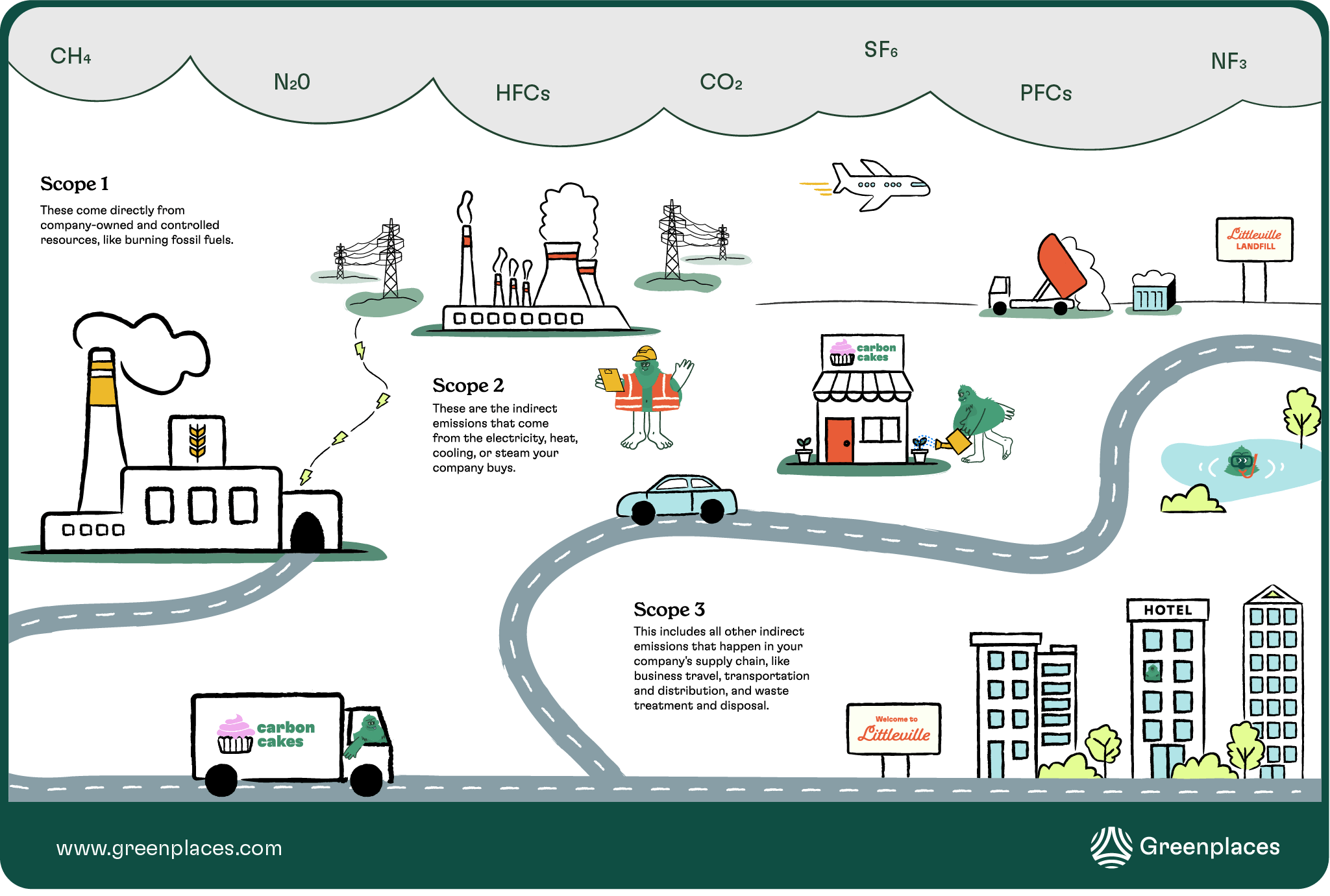Table of Contents
California climate laws move forward
The clock is ticking for businesses operating in California. Recent legislative developments have confirmed that the state’s landmark climate reporting laws will proceed as originally scheduled, with no delays in sight. This decision emphasizes the urgency for companies to act swiftly in preparing to report their Greenhouse gas (GHG) emissions.
As reported by the Wall Street Journal, the California legislature has rejected a proposal to delay the implementation of SB 253 and SB 261 by two years. Instead, these California climate laws are set to move forward with their original timeline intact. This means that businesses need to start preparing now to meet the rapidly approaching deadlines.
David Zilberberg, an environmental lawyer at Davis Polk, emphasized the urgency of the situation: “As the law is written, firms would need to collect Scope 1 and 2 emissions data for fiscal year 2025 to meet the 2026 reporting deadline. Scope 3 reporting requirements roll out in 2027. Companies would have to be really far along in their internal organizing to make sure that they’re in a position to comply.”
To ensure timely compliance with the 2026 reporting deadline for Scope 1 and 2 emissions, companies need to begin budgeting, securing internal buy-in, and collecting the necessary data as soon as possible. Even for Scope 1 and 2 alone, this process takes significant time, and delaying action could risk missing key deadlines.
The message is clear: if your business isn’t already working on its emissions reporting strategy, it’s time to start.
What this means for your business
The California climate reporting laws, SB 253 and SB 261, require companies with over $1 billion in annual revenue doing business in California to report their carbon emissions. This includes not just public companies, but private firms as well. The scope of these laws is broad, covering:
- Scope 1 emissions (direct emissions from owned or controlled sources)
- Scope 2 emissions (indirect emissions from purchased electricity, steam, heating, and cooling)
- Scope 3 emissions (all other indirect emissions in a company’s value chain)
With the 2026 deadline for initial disclosures now firmly in place, businesses need to start collecting data for their fiscal year 2025 emissions.
5 steps you should take now
If you don’t have anything in place to calculate and report your carbon emissions, here’s where you should start.
- Educate your team: Start by raising awareness within your organization about these new requirements. Organize workshops or seminars to explain what carbon emissions are, why they matter, and how they affect your business.
- Conduct an initial assessment: Begin by identifying the main sources of emissions in your business operations. This doesn’t need to be exhaustive at first – focus on the most significant areas like energy use, transportation, and major purchases.
- Start data collection: Begin gathering readily available data related to your emissions. This might include utility bills, fuel consumption records, and major supplier contracts.
- Invest in sustainability expertise: Consider bringing in sustainability experts and technology (like Greenplaces!) to ensure you’re on track and able to hit the deadline.
- Stay informed: Keep up to date with further developments or guidance related to these laws by subscribing to our newsletter. We also recommend following the California Air Resources Board (CARB).
At Greenplaces, we believe that sustainability is not just good for the planet, but good for business too. These California climate laws represent an opportunity for businesses to gain a deeper understanding of their environmental impact and identify areas for improvement and innovation.











